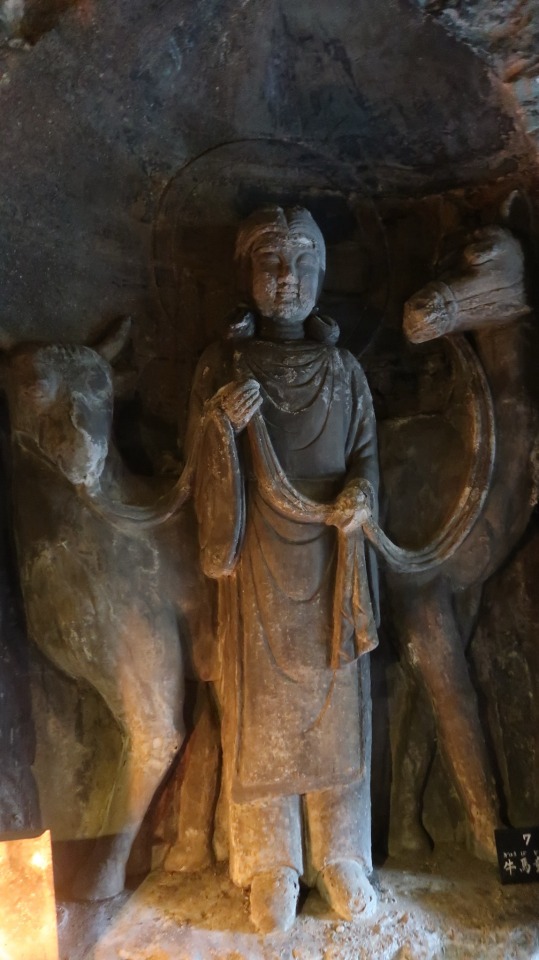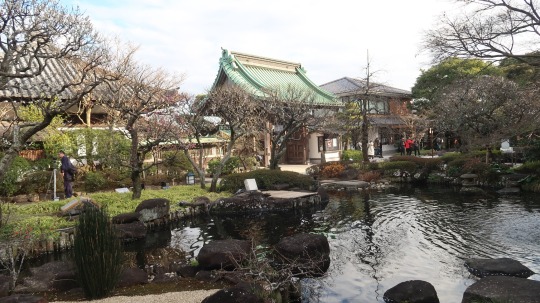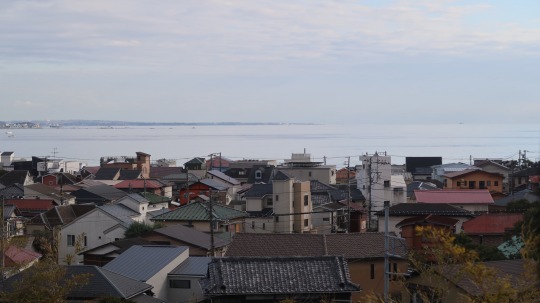#hase-dera
Photo
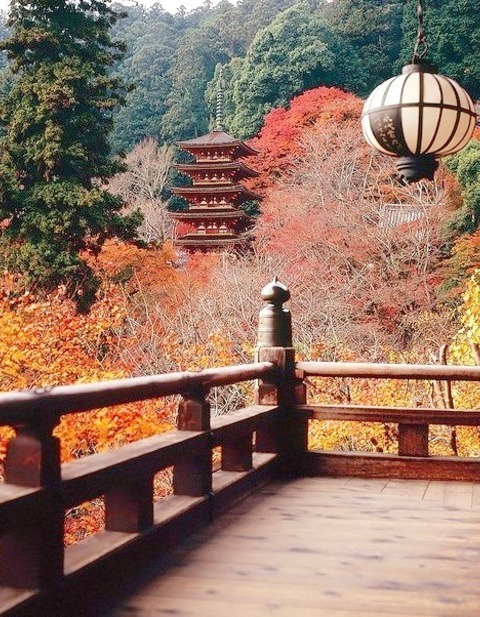
Autumn colours at Hase-Dera Temple in Nara, Japan
3 notes
·
View notes
Photo

The gardens of Hase-Dera Temple
Kamakura, Japan
#hase-dera#hasedera#hase-dera temple#hasedera temple#temple#kamakura#japan#asia#travel#garden#gardens#nature#omodaka#dragonfly#my photos
11 notes
·
View notes
Photo

Jizo Statues at Hase-dera Temple in Nara Prefecture, Japan
Jizo are the guardian protectors of people who are making their way through the land of the dead, especially children. Because of this, people make offerings to the jizo, often in the form of hats and bibs. The idea is that you help the jizo keep warm as thanks for helping souls navigate the tricky world of the dead.
#Japanese Culture#Jizo Statues#Hase-dera#長谷寺#Nara Prefecture#Shingon Temple#Hasedera#Shingon Buddhism#Winter#Japanese Religion
2 notes
·
View notes
Text
Kamakura - Hase-dera Temple



Video please tap!

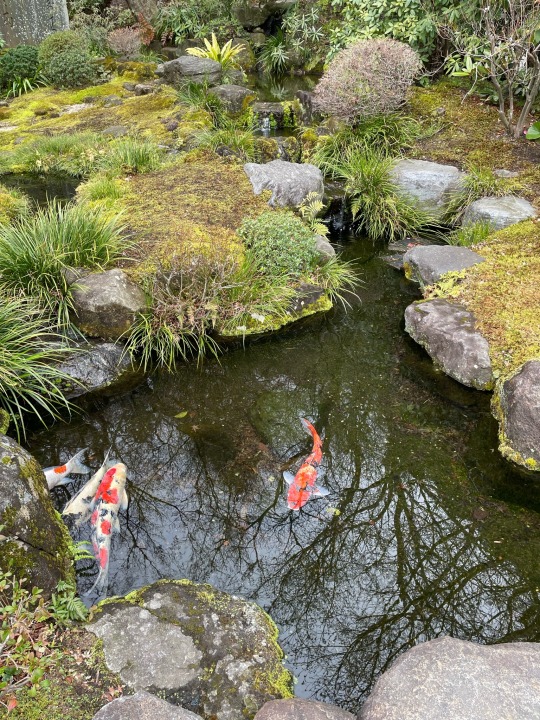



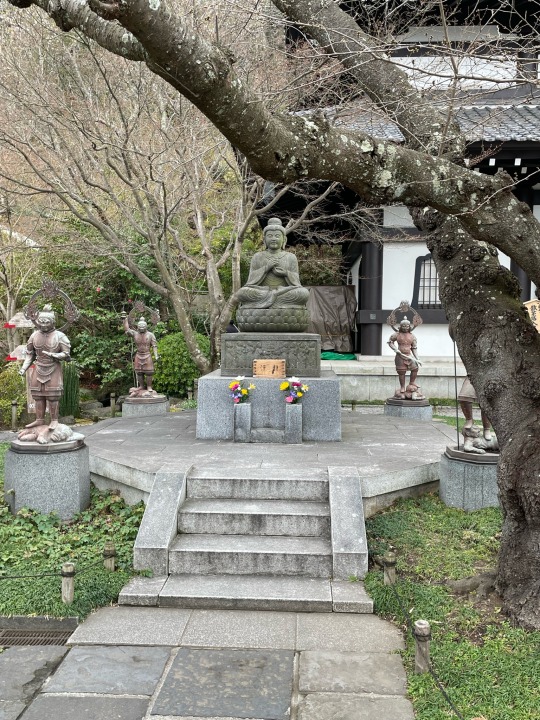
0 notes
Text
Autumn colours at Hase-Dera Temple in Nara, Japan
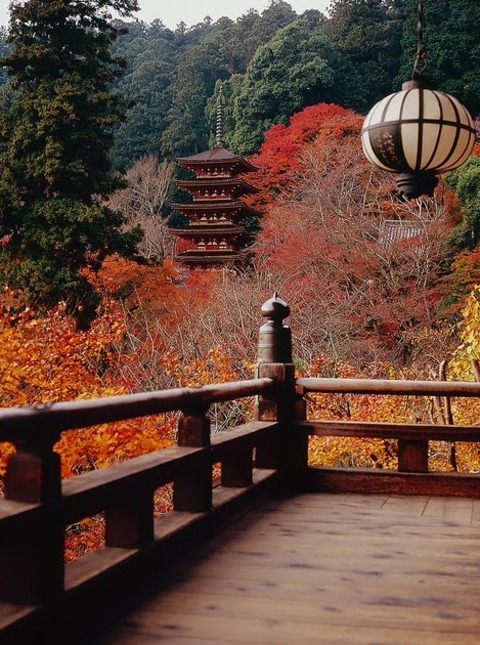
0 notes
Photo
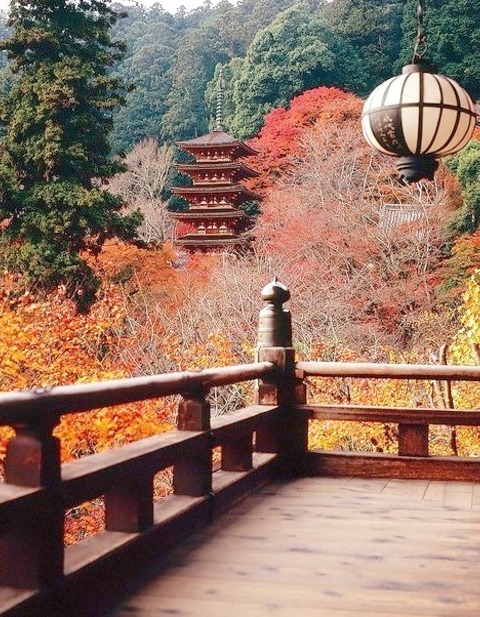
Autumn colours at Hase-Dera Temple in Nara, Japan
0 notes
Photo

Autumn colours at Hase-Dera Temple in Nara, Japan
0 notes
Photo

Autumn colours at Hase-Dera Temple in Nara, Japan
1 note
·
View note
Text

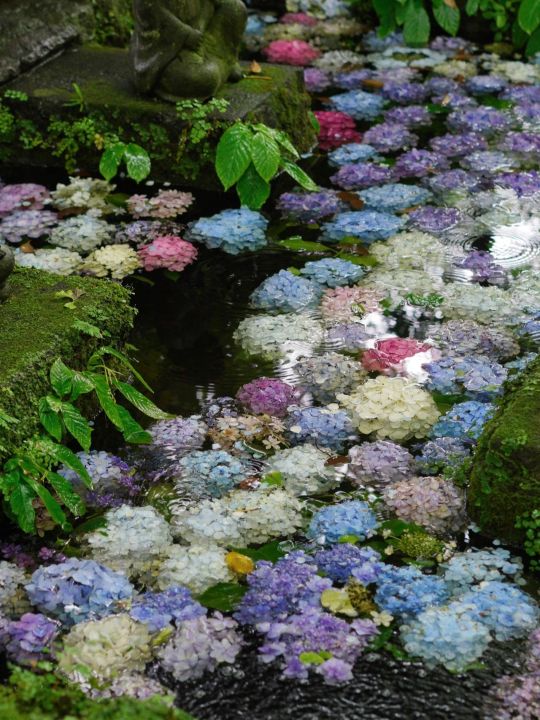
Hase-dera Temple, Kamakura, Japan
#hase dera#kamakura#japan#japan travel#japan trip#hydrangeas#hydrangea#nature#naturecore#nature aesthetic#flowers#flowercore#colorful flowers#petitworld favs#petitworld
1K notes
·
View notes
Photo

Hase-dera is a prominent Buddhist temple in Sakurai, Nara prefecture, Japan. Nestled amidst lush greenery on the slopes of Mount Hase, it offers visitors a serene atmosphere, making it a popular destination for tourists and pilgrims.
The temple complex is renowned for its stunning architecture, scenic gardens, and rich history dating back over 1,300 years. One of its most iconic features is the massive wooden statue of Kannon, the goddess of mercy, which stands over nine meters tall and is adorned with thousands of miniature statues.
#Buddhism#Hanami#Hase dera#Hasedera#Japan#Landscape#Nara#Nara Prefecture#Nara-ken#Photography#Sakura#Sakurai#Sakurai City#cherry blossoms#festival#hiking#matsuri#花見#長谷寺
25 notes
·
View notes
Photo

Hase-Dera Temple
Kamakura, Japan
#hase-dera temple#hase-dera#hase dera#kamakura#japan#asia#travel#travelling#garden#nature#green#temple#my photos
3 notes
·
View notes
Text


長谷寺 Hase-dera / 壺阪寺 Tsubosaka-dera
9K notes
·
View notes
Photo

Hase-dera (長谷寺) is the main temple of the Buzan sect of Shingon Buddhism. The temple is located in Sakurai, Nara Prefecture, Japan. The Main Hall is a National Treasure of Japan. Photography by Kanata
@asagi_photo0921
299 notes
·
View notes
Text
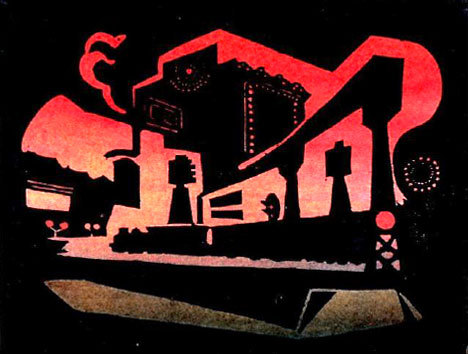






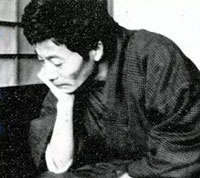

Taninaka Yasunori (1897-1946), was born in Nara prefecture, Japan. His mother died in 1903, and the following year his father moved to Korea and opened a food store in Gyeongju, South Korea. Taninaka returned to Tokyo in 1915 where he attended a Buddhist middle school (Buzan school of the Shingon sect), although eventually he had to withdraw due to lack of financial support and illness. For a time he was involved with the Hase-dera in Nara, the main temple also run by the Buzan sect. Otherwise, Taninaka led a Bohemian existence for much of his life, never marrying, periodically taking on odd jobs, and always working on his art and writing (he had some poetry published as early as 1919). Some saw him as a tragic yet often light-hearted figure who occasionally had manic episodes (his productivity, for example, skyrocketed in the years 1932-33).Taninaka first encountered printmaking in 1922 through Nagase Yoshio's (永瀬義郎 1891-1978) instruction manual "To People Who Want to Make Prints", which numbered 231 pages. Soon after, he began making woodcuts.By the following year, he began exhibiting woodcuts with the Creative Print Association. It was through that society that he first met Onchi Kôshirô, Maekawa Senpan, Hiratsuka Un'ichi, and other sôsaku hanga, "creative print" artists.Onchi thought that Taninaka's works were concerned with the world of fantasy and that stylistically they were like illustrations for children. He further wrote that Taninaka's works were "medieval" and had a supernatural emphasis.Written by John Fiorillo in Viewing the Japanese Prints.
23 notes
·
View notes


